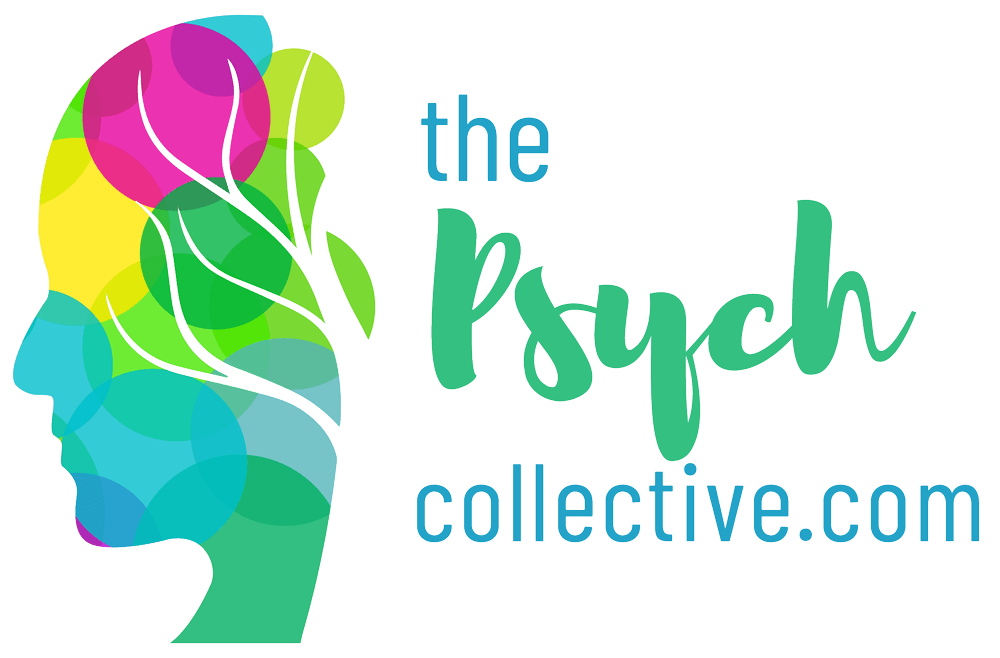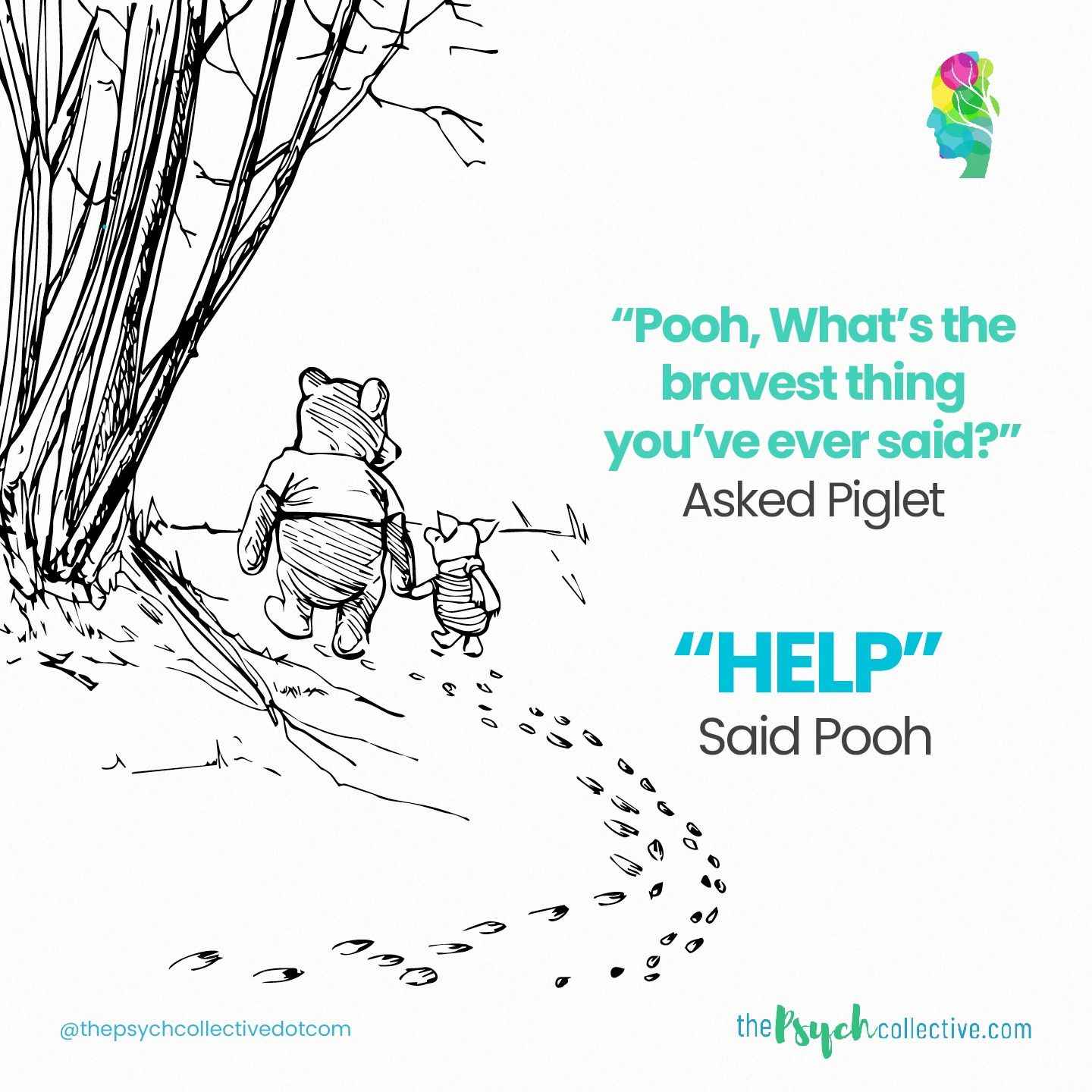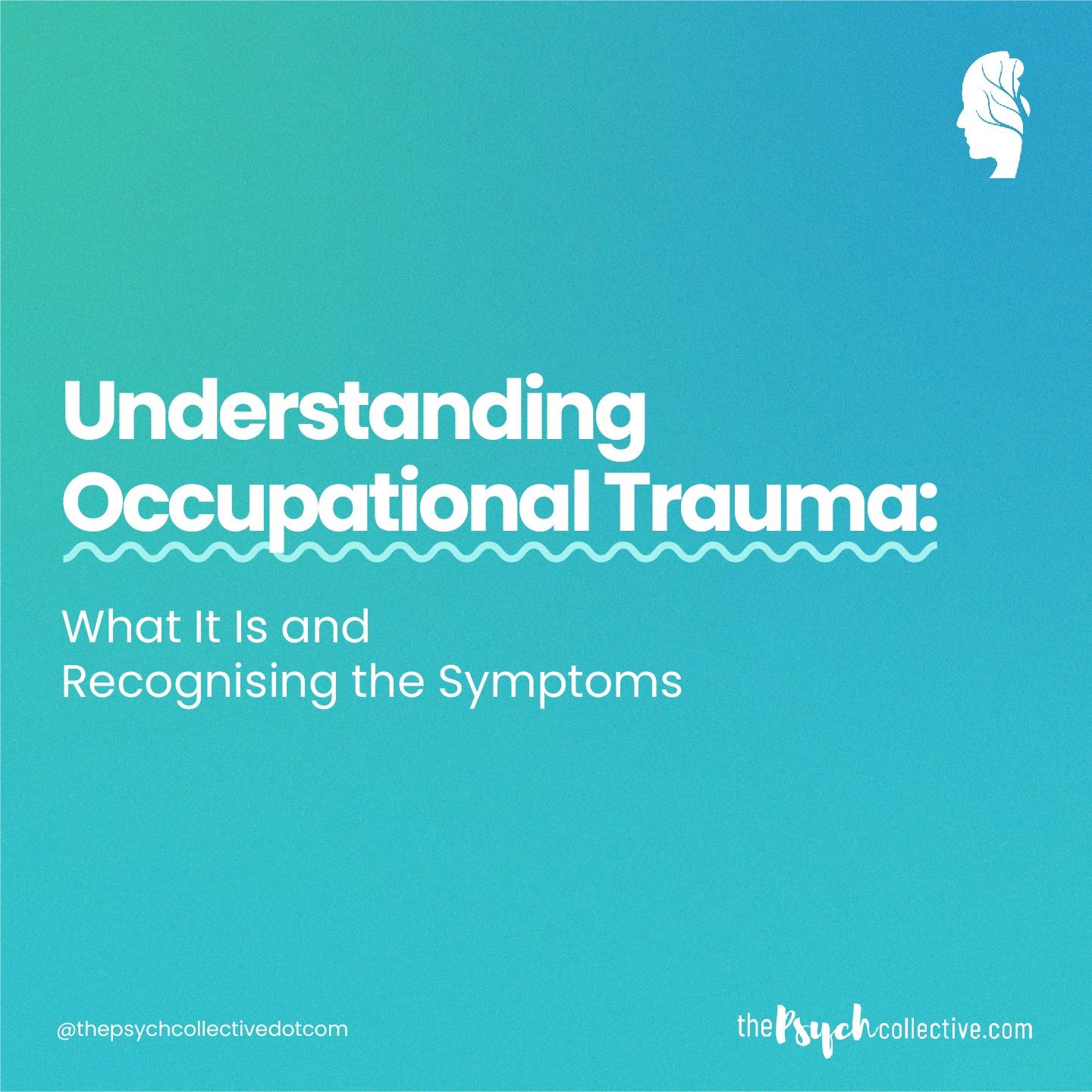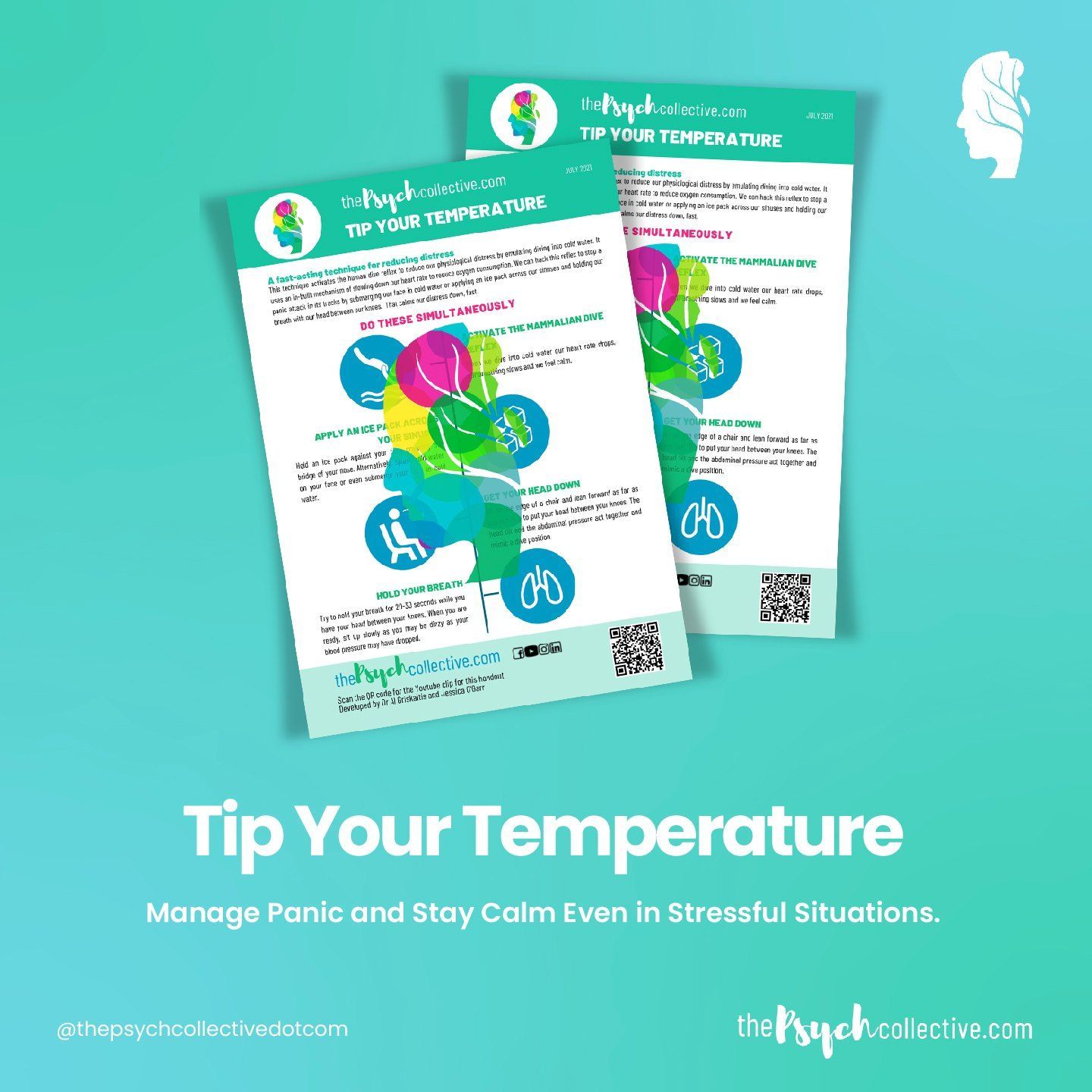Clinic Address: Unit 3, 36-42 Auburn St, Wollongong NSW | Monday to Friday by Appointment Only
Clinic Address: Unit 3, 36-42 Auburn St, Wollongong NSW | Monday to Friday by Appointment Only
The Dark Triad
Understanding the 3 Traits of Highly Manipulative People
Have you ever met someone who seemed charming, confident, and assertive, but later turned out to be manipulative, callous, and indifferent to your feelings? If so, you might have encountered a person with dark triad traits. In this blog post, we'll explore what the dark triad is, what its traits are, and how you can protect yourself from manipulative people.
What is the Dark Triad?
The dark triad refers to a set of three personality traits: psychopathy, narcissism, and Machiavellianism. Psychopathy is characterized by a lack of empathy and emotional depth, narcissism by excessive self-love and entitlement, and Machiavellianism by manipulation and deceit.
The Three Traits of the Dark Triad
Psychopathy
The first element of the dark triad is psychopathy, which is characterized by a lack of empathy. Psychopaths are unable to put themselves in other people's shoes and often act in ways that are harmful to others without any remorse. They are cold, calculating, and callous, and their actions are often driven by a desire for power and control.
Narcissism
The second element of the dark triad is narcissism, which is characterized by excessive self-love and entitlement. Narcissists believe that they are entitled to special treatment and often demand attention, admiration, and praise from others. They are confident, charming, and assertive, but they often lack the competence to back up their bravado. Narcissists are also prone to stealing credit from others and can be very self-centered.
Machiavellianism
The third element of the dark triad is Machiavellianism, which is characterized by manipulation and deceit. Machiavellians are willing to deceive others and often use gaslighting tactics to confuse and manipulate their victims. They are interested in power and are willing to do whatever it takes to attain it, including backstabbing and betraying others.
The Sadistic Variant
There is also a sadistic variant of the dark triad, which includes all three traits plus a desire to inflict pain and suffering on others, the dark tetrad. These individuals derive pleasure from causing others harm and are often violent and aggressive.
Protecting Yourself from the Dark Triad
Unfortunately, people with dark triad traits can be very difficult to identify, as they are often skilled at hiding their true nature. However, there are some things you can do to protect yourself from manipulative people:
- Educate yourself. Learn about the dark triad and its traits so that you can recognize them when you see them.
- Trust your instincts. If something seems off about a person, listen to your gut and be cautious.
- Set boundaries. Be clear about what you will and won't tolerate from others, and don't be afraid to enforce your boundaries.
- Surround yourself with positive people. Spend time with people who are kind, supportive, and empathetic.
- Seek professional help. If you have been the victim of abuse or manipulation, seek professional help to heal and recover.
The dark triad is a set of personality traits that can make people highly manipulative, callous, and indifferent to the feelings of others. By educating yourself about the dark triad and taking steps to protect yourself from manipulative people, you can minimize your risk of being victimized. Remember to trust your instincts, set boundaries, and surround yourself with positive people who value your well-being.

Categories
About Our Resources
We offer actionable resources and teach real skills to help people make meaningful change in managing mental health issues through different modes depending on people's learning preferences including infographics, text, worksheets, handouts and video.

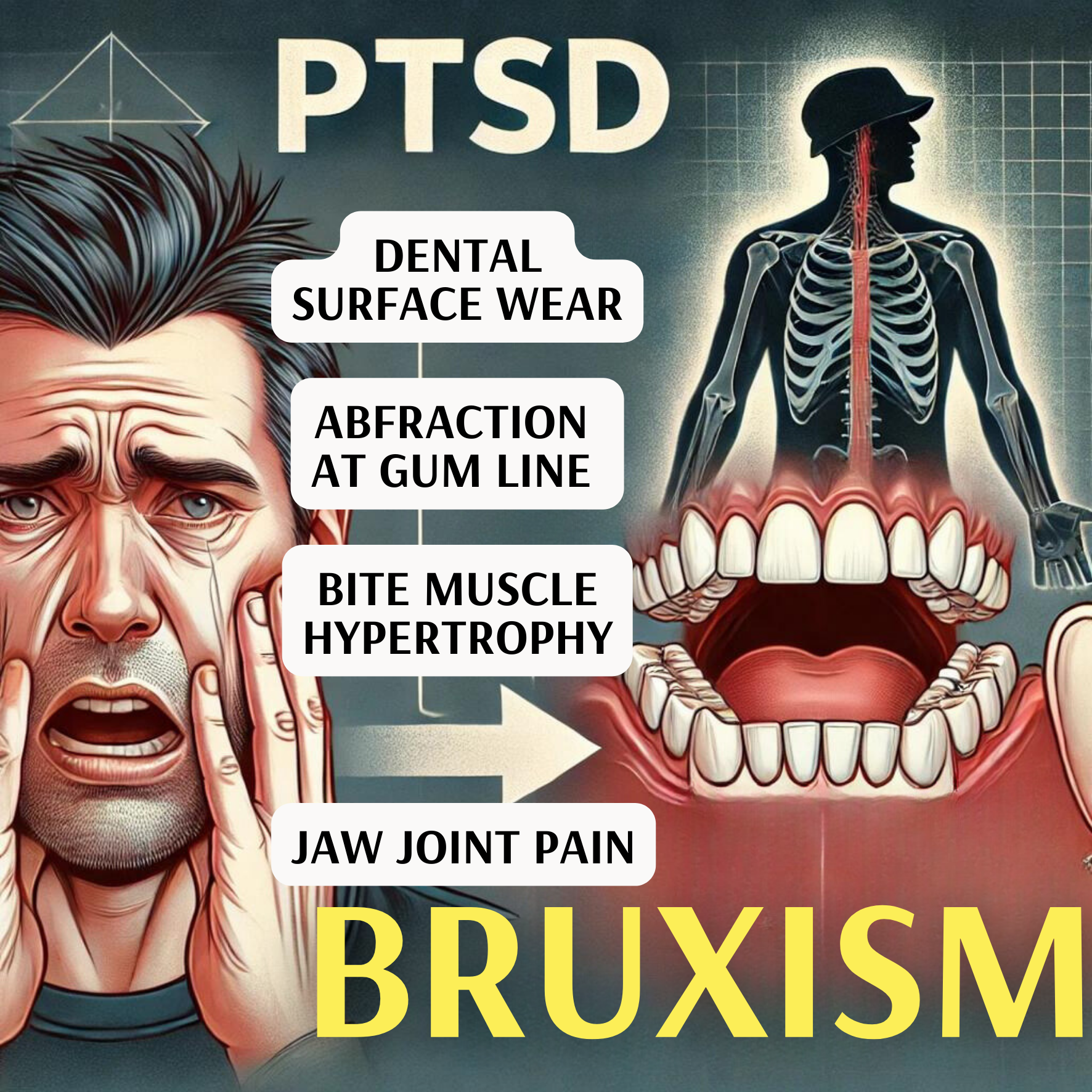

-
View Resources Here
We hope you enjoy reading this blog post.
We offer actionable resources and teach real skills to help people make meaningful changes in managing mental health issues. View resources here.
We hope you enjoy reading this blog post.
We offer actionable resources and teach real skills to help people make meaningful change in managing mental health issues.

It is our aim to offer actionable resources and teach real skills to help people make meaningful change in managing mental health issues, especially for those who can’t access other help.
